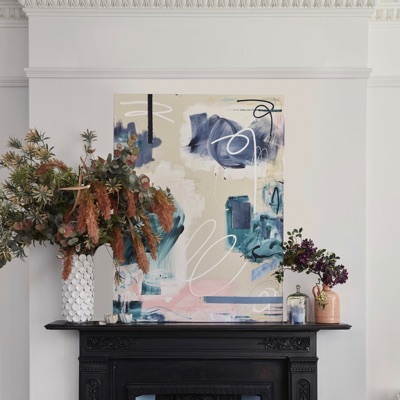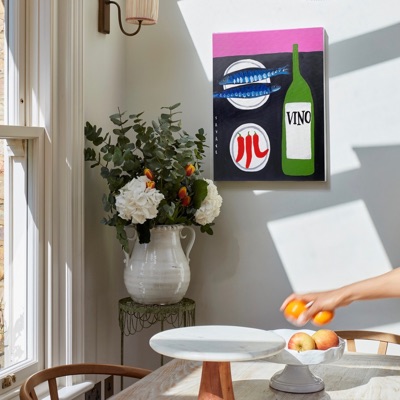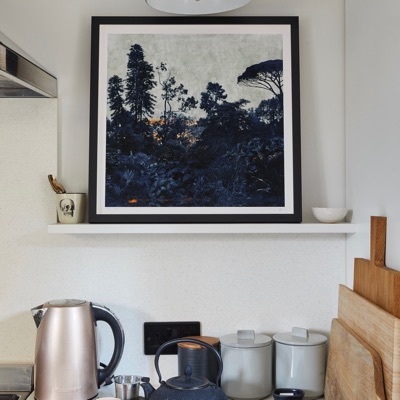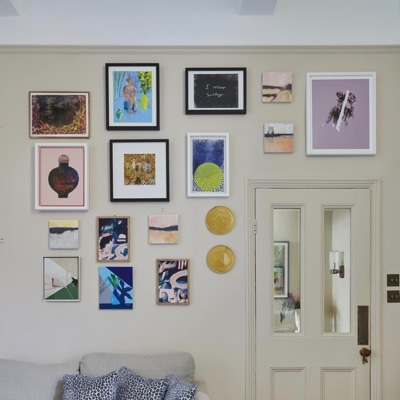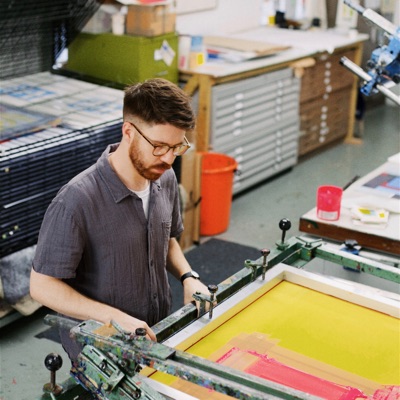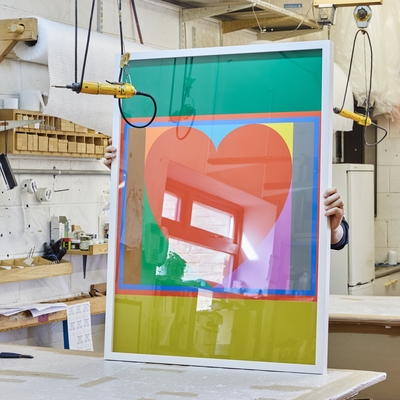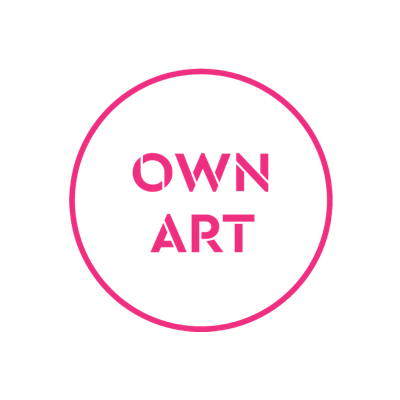What Exactly Is an Original Print?
What’s an original print?
In its simplest form, an original print is an artwork that has been manually created – drawn, carved, inked – and printed on a printing press by an artist. It is not a reproduction of an original. Each piece is handcrafted in its own right.
What does ‘limited edition’ mean?
An original print is printed in a strictly limited ‘run’, or ‘edition’. So, for example, an artist may produce 50 prints from the same plate or block. That number is then fixed, and the artist cannot add more prints later.
Any new edition would have to be different: an artist could not replicate the same image in a second ‘run’, or edition. They would have to alter the colour or composition, or add some new creative element.
What is a ‘fine art print’, or an ‘art print’?
Confusingly, a fine art print, or art print, refers to a digital copy – a reproduction – of an original artwork. This may be of high quality, and is increasingly common in the printmaking world, but it is not the same as an original print. You may also see these referred to as giclee prints.
Top tips for buying an ‘art print’: look for those that include some element of hand finishing, such as spot varnish, or are combined with another printmaking technique, such as screenprint. They should also be limited edition, numbered and signed.
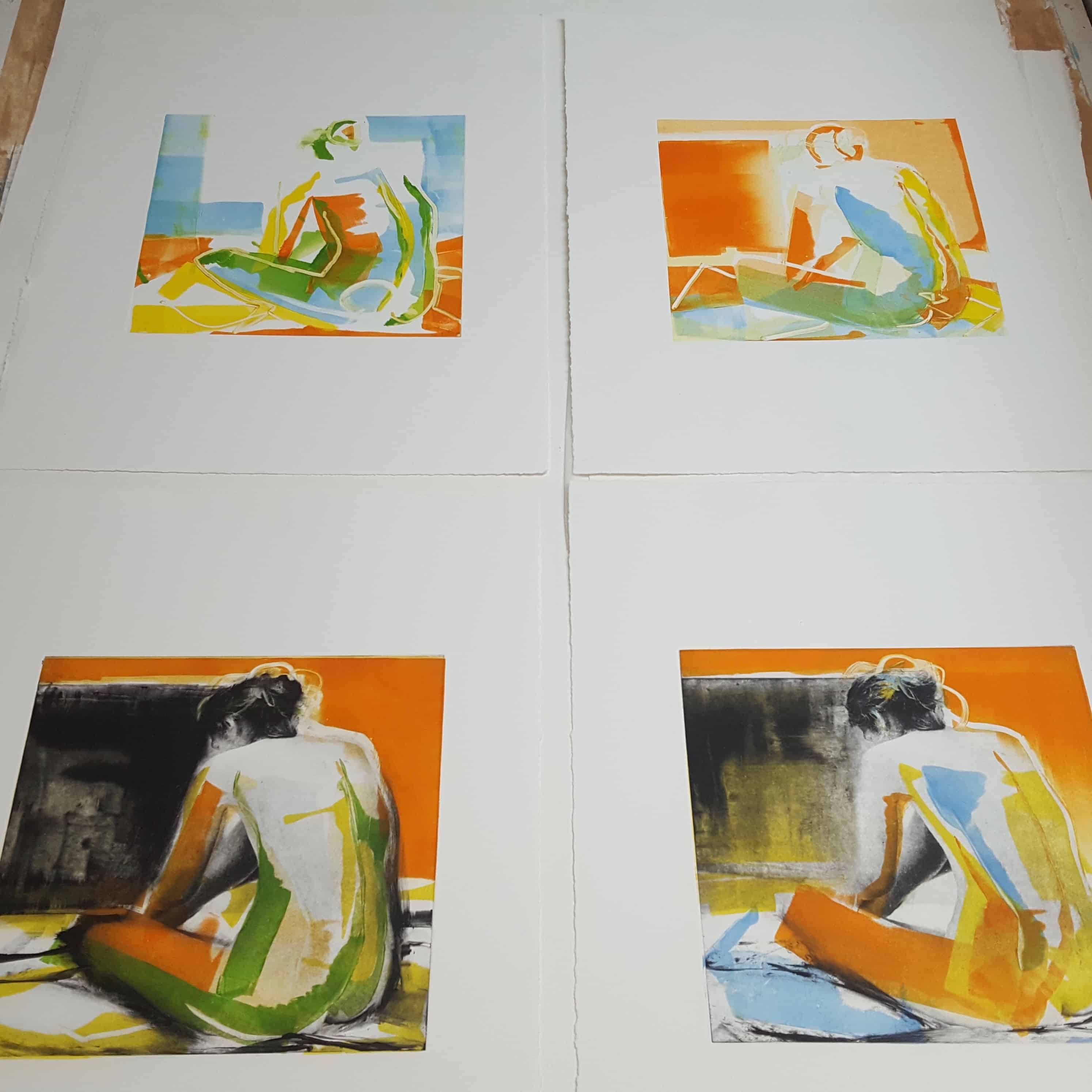
Varying stages of Clare Grossman’s original printmaking in progress
Clare Halifax hand drawing at the beginning of her printmaking process
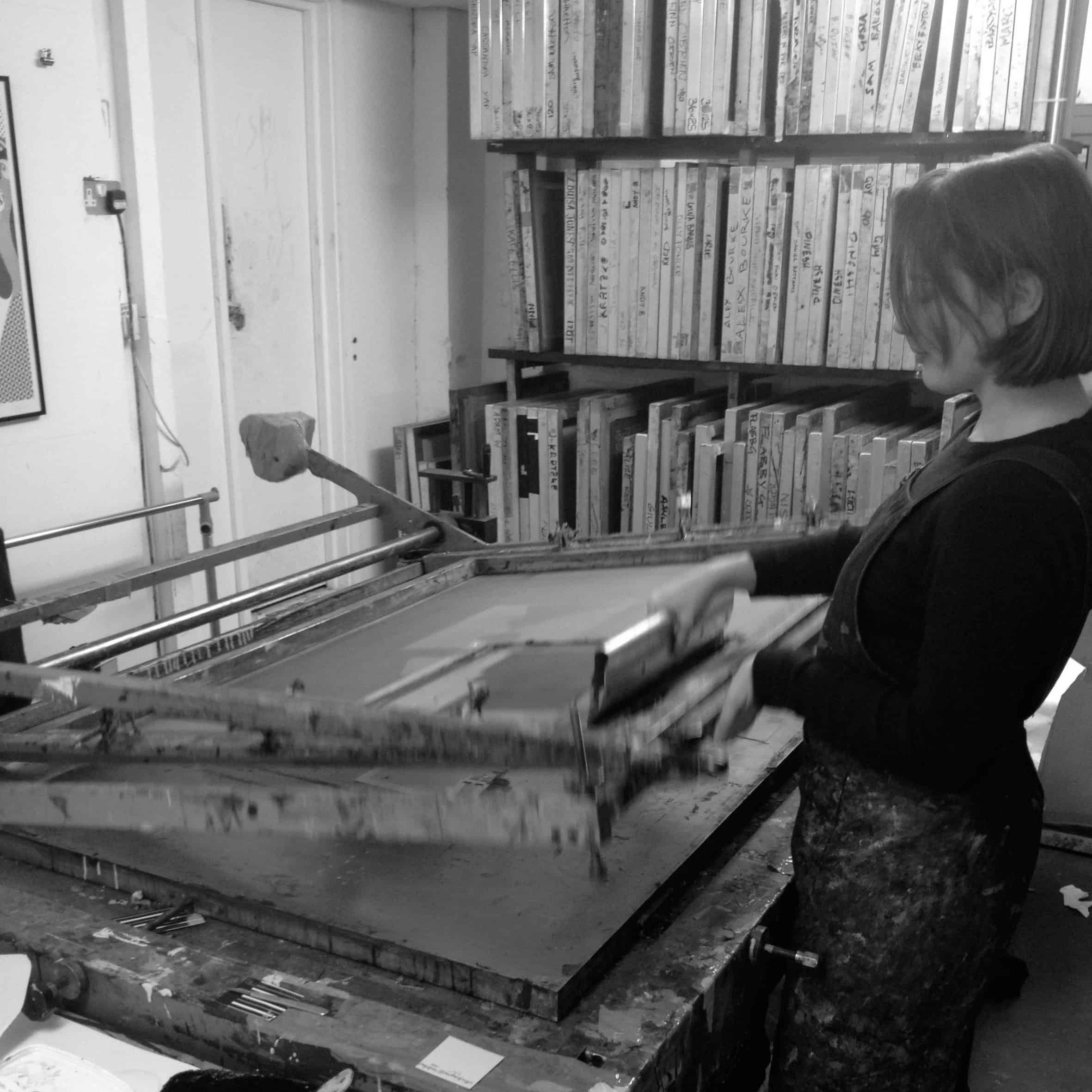
Clare Halifax screenprinting, an intricate hand made process
Why would I buy a print instead of a one-off painting?
The joy of printmaking is its accessibility. A print by its very nature is more affordable than a one-off artwork, but this in no way lessens the mastery that goes into making a print. Printmaking is an incredibly time-consuming, expert craft. In recent years it has taken its rightful place as a fine art medium, with galleries such as Tate Modern helping to champion it.
How do I know a print is authentic?
An original limited edition print is printed on high quality, specialist paper, chosen by the artist for the way it interacts with the ink and the printmaking process. It is numbered and signed. Typically, the signature will be in pencil to the bottom right of the image; the edition number will be to the bottom left. The number looks like a fraction – so, for example, 1/25 means this is the first print printed in an edition of 25 in total.
You may also see an A/P – this denotes an ‘artist’s proof’, which is basically an artist’s test copy and can also be sought-after. There is no official added value in having the ‘first’ in the edition, as all prints are handmade and the same.
Do I need a certificate of authenticity?
No. A properly signed and editioned print is proof of authenticity. The printmaking process should be clearly labelled by the seller (is it a linocut, for instance, or a screenprint?).
What is a ‘monoprint’?
Occasionally a print may be a ‘monoprint’, which means it is a one-off – for example a linocut that is individually hand-coloured on top of the original print, rendering no two prints identical.
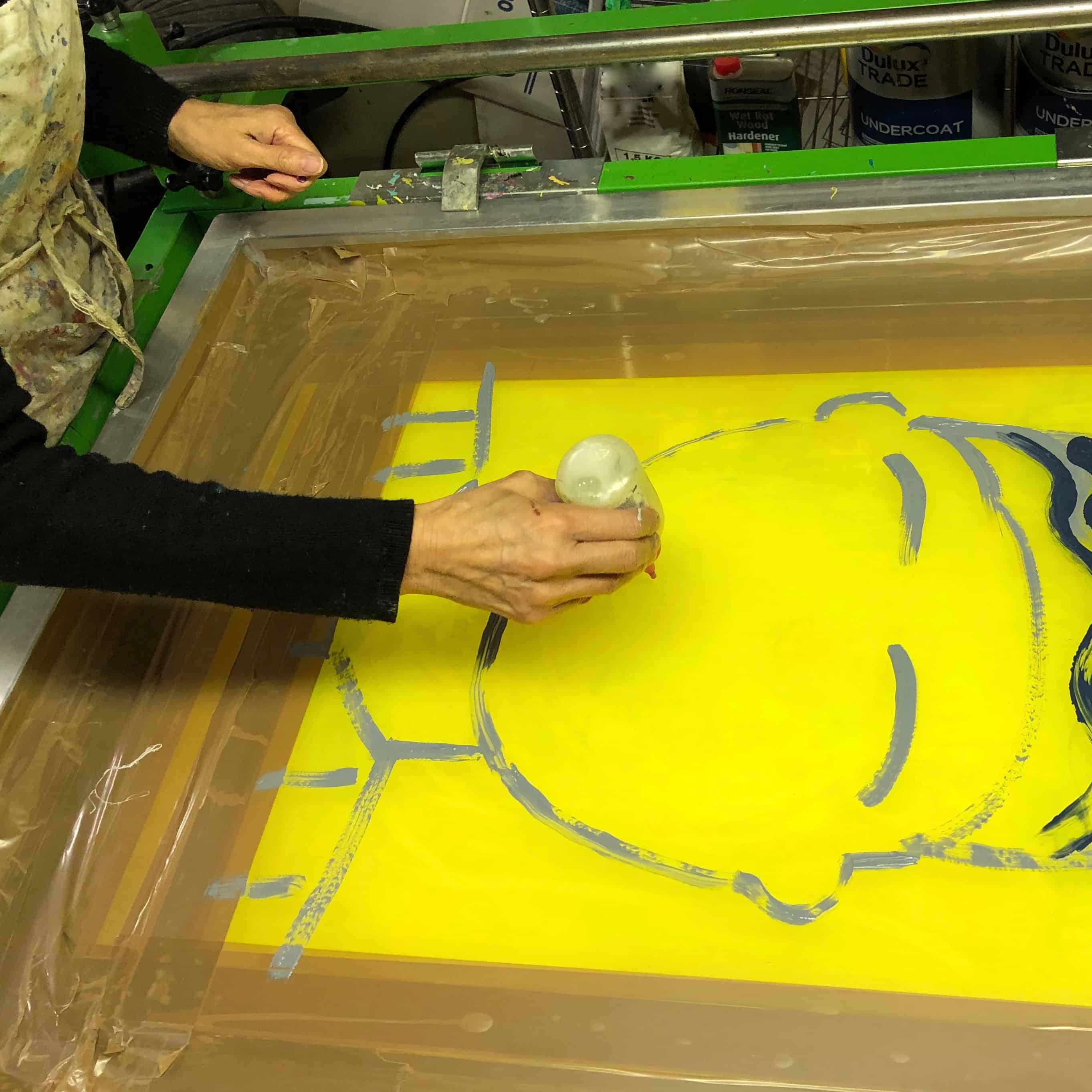
Iona Stern hand painting her original monoprints
How are prints made?
There are many different forms of printmaking – here’s a quick rundown of some of the processes used by our own artists:
Linocut
The artist carves the design into a piece of lino, then uses a roller to ink the remaining raised areas. The lino then passes through a printing press to transfer the image on to paper. There can be many stages of carving and inking-up to create the final print. See linocuts by Paul Cleden and Colin Moore.
Screenprint
This is essentially a stencil print using a screen made from fabric – originally silk, hence the term ‘silkscreen’ – stretched tightly over a frame. Screenprints use acrylic paints, which lend them a distinctive, bright look. Anna Marrow, Peter Blake, Bruce Mclean and Martin Grover all use the screenprint method.
Lithograph
Lithography means, literally, ‘stone drawing’ and is a method that uses a flat polished stone or metal plate. An image is drawn on the stone with a greasy substance that attracts ink. The design is then transferred to paper lightly using a printing press. It creates an effect where the ink lies entirely on the surface of the paper and is neither raised nor embossed. Gill Tyson’s landscape artworks are masterclasses in ‘litho’.
Collagraph
Derived from the Greek ‘colla’ (glue) and ‘graph’ (to draw) this is in its simplest form a collage of materials of various textures glued to a printing plate, often thin wood or cardboard. The plate is then inked up and printed either manually or by press. Check out Barry Goodman’s retro beauties for a prime example of this technique.
Etching
This is one of the most widely used methods of printmaking, whereby a design is cut or engraved into another material – usually a metal plate – and the incised line holds the ink (as opposed to a print like a linocut where the surfaces left in ‘relief’, i.e. not cut away, holds the ink). It may be combined with other techniques, such as ‘aquatint’, where powdered rosin is used to achieve tonal shading. Clare Grossman, John Duffin and Margaret Ashman all show the breadth and variety of effects achieved by etching.
Trevor Price in his studio showing us the process in action
Woodcut
The artist creates an image on a block of wood and carves the unwanted areas away. Ink is applied to the surface with a rubber roller and the design printed on to paper. The technique has been used for centuries – especially in Japan – as a method for printing on to textiles and, later, paper. See Alex Booker’s landscape prints, created by carving into plywood and printing on to Japanese Hosho paper.
Alex Booker’s woodcuts in progress


And that wraps up our easy guide! We hope this helps to clear up some of the confusing terms that can surround modern printmaking. Now you are an expert, have a browse through our contemporary art prints & paintings and see some of our own artists’ stunning work…
